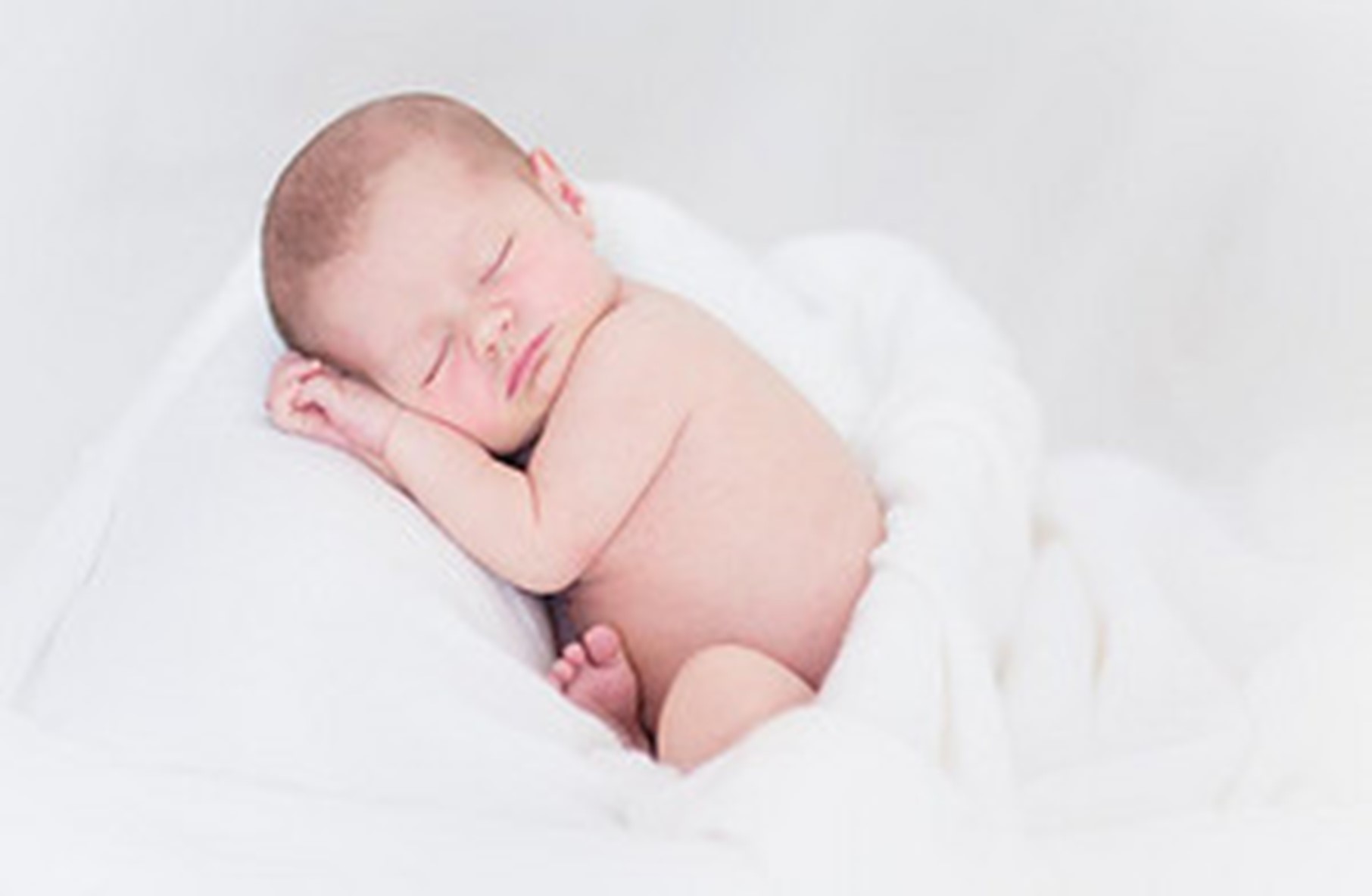Baby Bedding-Tips Every Parent Needs to Know

Baby Bedding: Tips Every Parent Needs to Know!
When buying baby bedding, it's essential to prioritize safety, comfort, and practicality. Here are some important factors to pay attention to:
Safety Standards: Ensure that the bedding meets current safety standards. Look for certifications such as JPMA (Juvenile Products Manufacturers Association) or ASTM (American Society for Testing and Materials). Avoid using any bedding items that have been recalled.
Crib Fit: Make sure that the crib sheets and other bedding items fit snugly on the crib mattress. Ill-fitting sheets can pose a suffocation hazard.
Material: Choose bedding made from breathable, hypoallergenic materials to reduce the risk of allergies or overheating. Organic materials can also be a good option if you're concerned about chemicals and pesticides.
Avoid Loose Items: Avoid using blankets, pillows, stuffed animals, or any other loose items in the crib, especially for infants. These can increase the risk of suffocation and SIDS (Sudden Infant Death Syndrome).
Temperature Regulation: Select bedding appropriate for the season and room temperature. Overheating can be dangerous for babies, so lightweight and breathable fabrics are preferred.
Easy to Clean: Babies can be messy, so opt for bedding that is machine washable and easy to clean. Consider getting extras of essential items like sheets, so you always have a clean set on hand.
No Bumpers: While crib bumpers may have been used in the past, they are now considered a safety hazard. They pose a risk of suffocation, entrapment, and SIDS, so it's best to avoid them altogether.
Avoid Decorative Pillows and Cushions: These can also pose suffocation hazards and are not necessary for the baby's sleep environment.
Firm Mattress: The crib mattress should be firm and fit securely within the crib without any gaps.
Consider Waterproofing: For the mattress, you might consider a waterproof cover to protect against accidents.
Age-Appropriate: As your baby grows and starts rolling and moving more, consider transitioning to a sleep sack instead of using blankets. Sleep sacks provide warmth without the risk of covering the baby's face.
Pattern and Colors: While not as crucial as safety and comfort, you may consider selecting bedding with calming and soothing patterns and colors that promote a restful sleep environment.
Always double-check the safety guidelines and recommendations from reputable sources such as the American Academy of Pediatrics (AAP) or the Consumer Product Safety Commission (CPSC) to ensure you are making the best choices for your baby's bedding.
